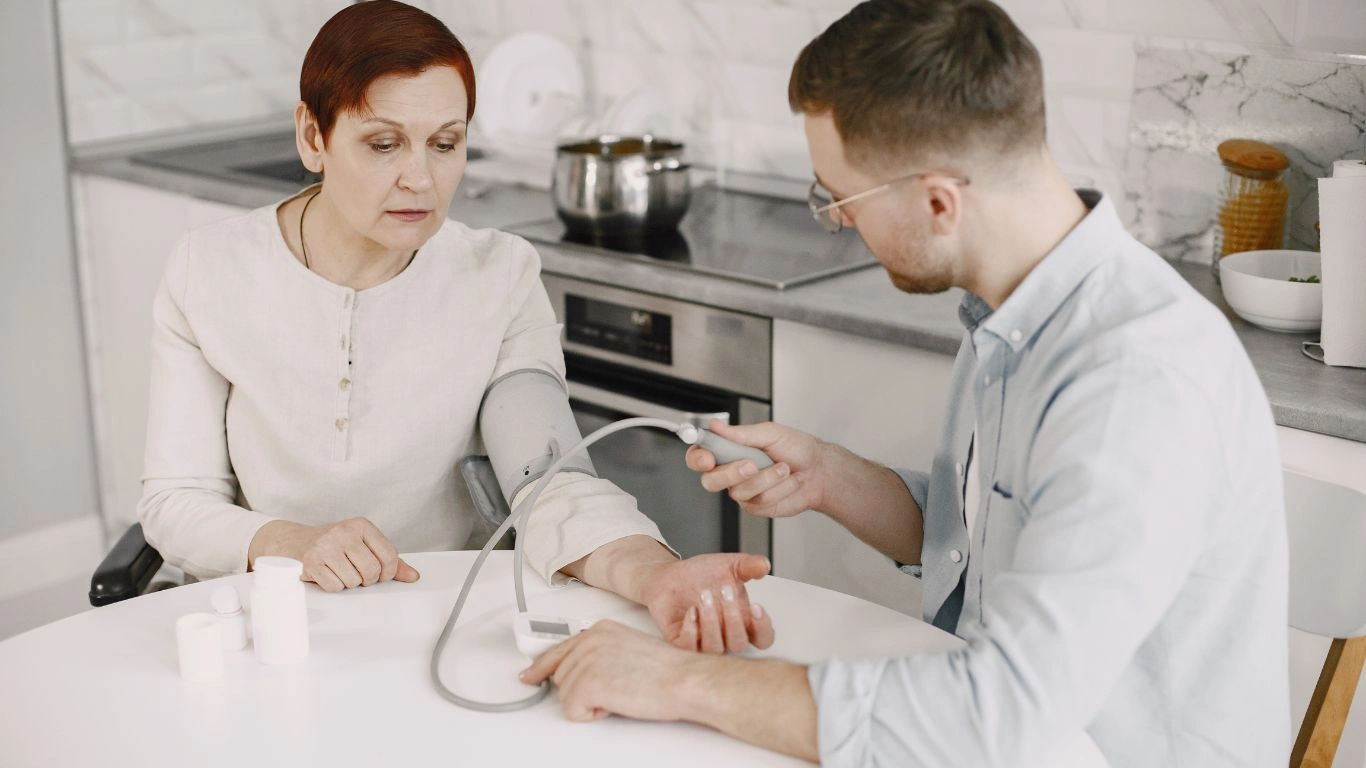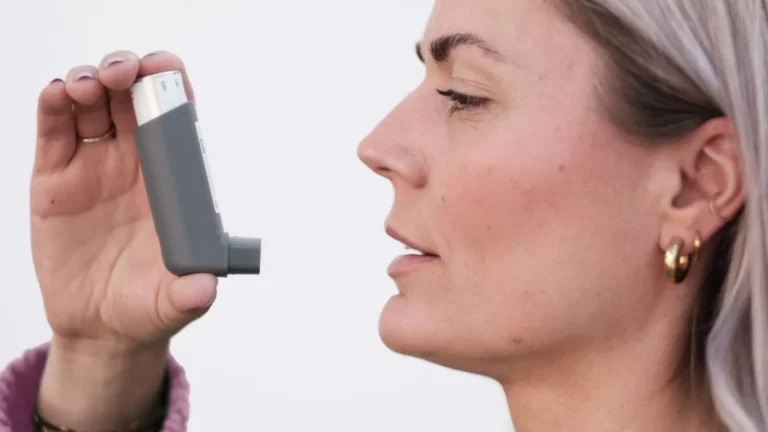Surprising Truth: Can Avocados Lower Blood Pressure Safely?
Can avocados lower blood pressure? That’s a question I hear more often than you’d think in clinic. And honestly, I love that patients are asking it. As an internal medicine physician who spends a lot of time helping folks manage hypertension, I get excited when someone wants to take a proactive approach with their diet. If you’ve ever stared at that dark green, oddly satisfying fruit and wondered whether it could be doing something good for your heart and blood vessels—stick around. We’re diving into the creamy world of avocados and how they just might help keep your blood pressure in check, all without sounding like a lecture from a textbook.
So, What’s in an Avocado Anyway?

When you crack open an avocado, you’re not just getting a tasty addition to toast. You’re actually looking at a nutritional powerhouse. These little green gems are loaded with potassium, monounsaturated fats, fiber, and a whole spectrum of vitamins like K, E, C, and several B vitamins. If you’re wondering how that connects to blood pressure, hang tight—we’re getting there.
Potassium is one of the body’s most effective natural tools for counteracting sodium. And as any clinician knows, sodium is often the villain in the high blood pressure story. Most people consume way too much salt without realizing it—packaged snacks, canned soups, takeout food, you name it. Potassium helps the kidneys flush out that excess sodium, and that directly lowers blood pressure levels. And guess what? Avocados contain more potassium per serving than bananas.
The Potassium-Sodium Balance: Why It Matters
I often explain to my patients that keeping your potassium intake high (from food, not supplements) and your sodium low is like having a see-saw that favors heart health. If sodium pulls one side down, potassium helps lift it back up. Avocados do a stellar job of tipping that balance in your favor.
- 1 medium avocado = about 700 mg of potassium
- That’s roughly 15% of your daily recommended intake
- Also delivers nearly 10g of fiber and heart-healthy fats
It’s not just about the numbers, either. I’ve had patients who started incorporating avocado into their breakfast routine—a scoop in their smoothies or just mashed on whole grain toast—and noticed meaningful improvements in their BP readings. Not dramatic overnight changes, but consistent shifts over time. That’s real-world impact.
Can Avocados Lower Blood Pressure? Let’s Talk Science

Now, while I love good clinical anecdotes, I also rely heavily on the data. So what does the research say about avocados and blood pressure? Several small studies and observational reports have shown promising trends. People who regularly eat avocados tend to have lower blood pressure levels compared to those who don’t. This isn’t magic—it’s a reflection of the nutrient synergy working together.
The monounsaturated fats in avocados, especially oleic acid, have been shown to improve endothelial function. That’s a fancy way of saying your blood vessels behave better—they dilate more efficiently, stay more elastic, and reduce pressure buildup. This is a huge deal in the long-term prevention of hypertension complications like stroke and heart attack.
Avocados also contain natural plant sterols which may help with cholesterol levels. While not directly tied to blood pressure, anything that reduces arterial plaque formation helps reduce vascular resistance, and that can ease pressure on the heart over time.
The Fiber Factor
Let’s not forget the often-overlooked hero: fiber. Avocados have both soluble and insoluble fiber, which can help maintain stable blood sugar levels and support healthy weight. Excess weight is a major contributor to hypertension, and weight loss—just 5-10% of body weight—can significantly improve BP readings. So when patients ask me for foods that hit multiple goals, avocado always makes the shortlist.
- Improves satiety (you feel full longer)
- Helps regulate blood sugar and insulin sensitivity
- Supports a healthy gut microbiome (which may play a role in BP too)
Personal Experience: What I See in Practice

Here’s something real—I had a patient, mid-50s, newly diagnosed with stage 1 hypertension. He wasn’t keen on starting meds right away, so we made some lifestyle changes. One of the simplest switches? He replaced his morning buttered toast with a slice of whole grain and mashed avocado, drizzled with olive oil and a sprinkle of chili flakes. Over three months, with this and a few other tweaks, he dropped his systolic BP by 12 points. That’s not a fluke—that’s food as medicine in action.
Of course, avocados aren’t a cure-all. I’m not saying go scoop guac on everything and ditch your meds. But if you’re wondering, “Can avocados lower blood pressure?”—the answer is yes, they can certainly help. They’re one small, delicious part of a much bigger picture.
How Often Should You Eat Avocados for Blood Pressure Support?

Now that we’ve established avocados can support healthy blood pressure, the next logical question I usually get is: “How often should I be eating them?” The answer isn’t one-size-fits-all, but from what I’ve seen in both clinical practice and the research, having half to one avocado a day is a sweet spot for most adults. That gives you the benefit of the nutrients without overloading on calories (they’re nutrient-dense but not exactly low-cal).
Some of my patients toss sliced avocado on salads or tuck it into wraps, while others go the smoothie route. My personal go-to? A scoop of avocado blended with Greek yogurt, lemon, and a pinch of sea salt as a dip for veggies. It’s simple, and it’s heart-friendly.
Be Mindful of Portion Size
Yes, avocados are heart-healthy—but they’re still high in fat, even if it’s the good kind. So portion control matters, especially if you’re also watching your weight, which is a big factor in hypertension. Half an avocado has roughly 120-160 calories depending on size. That’s not bad at all if you’re eating it mindfully, but I’ve had patients unknowingly pack in a whole avocado with every meal thinking it’s a free-for-all. Trust me, even good things need limits.
- Half avocado daily = balanced intake
- Whole avocado = fine occasionally, especially if it replaces less healthy fats
- Pair with high-fiber, low-sodium meals for extra benefit
What About People on Blood Pressure Medications?

This one’s close to home because I manage a lot of patients who are on ACE inhibitors, ARBs, and diuretics. If you’re already on blood pressure meds, can you still eat avocados? Absolutely—just be aware of your potassium intake. Some medications like spironolactone or lisinopril can raise potassium levels, and too much potassium isn’t great for kidney function.
That’s why I always recommend checking potassium levels periodically if you’re combining a high-potassium diet with certain meds. Doesn’t mean you have to give up avocados—just means you need to keep things balanced and communicate with your healthcare team. One of my longtime patients, a 68-year-old on losartan, includes avocado a few times a week in her meals and has maintained great blood pressure control without ever tipping into the high potassium zone.
Tips for Integrating Avocados Safely with Medication
- Have your potassium checked during routine labs
- Balance avocado intake with lower-potassium foods
- Talk to your provider if you’re adding a lot of potassium-rich foods
It’s not about restricting—it’s about being intentional. Food and meds can work together beautifully when you’re aware of the big picture.
Beyond Avocados: Other Lifestyle Tips I Recommend

Let me be clear: avocados are fantastic, but they’re not the only players in the blood pressure game. I always encourage my patients to build a routine around what I call the “hypertension trifecta”:
- Diet: Think DASH-style—rich in fruits, veggies, lean proteins, and healthy fats
- Exercise: Even brisk walking for 30 minutes most days can lower systolic BP
- Stress Management: Deep breathing, mindfulness, and just unplugging sometimes
I’ve had patients who started eating better—including avocados—and began walking every morning with their spouse. That combination? Game changer. One couple in particular stands out: mid-60s, both prehypertensive. They made some key dietary swaps (added more produce, cut back on processed snacks), added daily walks, and within six months, their blood pressure numbers dropped like clockwork. They still eat avocado toast every weekend—except now it’s on sprouted grain bread, and they top it with microgreens. Little changes, big results.
Quick Avocado Hacks for Busy Lives
Because let’s face it—life gets busy, and not everyone has time to prep gourmet meals. Here are a few avocado tricks I share with my patients (and use myself):
- Slice and freeze ripe avocados in halves—great for smoothies
- Use mashed avocado as a spread instead of mayo or butter
- Top grilled chicken or salmon with diced avocado and lemon
- Make a quick avocado salsa with lime, onion, tomato, and a pinch of salt
It doesn’t have to be complicated. The goal is consistency, not perfection. A little avocado here and there, especially when paired with an overall heart-healthy lifestyle, can go a long way in keeping your blood pressure numbers in a good place.
Common Myths About Avocados and Blood Pressure

Now that we’ve covered how avocados can support healthy blood pressure and how to fit them into your lifestyle, let’s clear up some common misconceptions I hear from patients. Because as much as I love seeing people excited about making healthy changes, I also see a fair amount of confusion floating around—thanks in part to the internet.
“Avocados Are Fattening, So They’re Bad for Blood Pressure”
This one always makes me smile. Yes, avocados contain fat—but it’s primarily monounsaturated fat, the kind that’s been consistently associated with cardiovascular benefits. Unlike saturated or trans fats (which can raise LDL cholesterol and contribute to plaque buildup), monounsaturated fats can help reduce inflammation, support healthy cholesterol levels, and even enhance insulin sensitivity—all of which play a role in blood pressure regulation.
When patients ask if fat from avocados is “bad,” I usually say: “It depends what you’re replacing.” If you’re swapping avocado for chips or processed meats, you’re doing your heart a big favor. If you’re adding it on top of a high-calorie, high-sodium meal? Not so much.
“Only Medications Can Really Lower Blood Pressure”
I get it—this one comes from a place of fear and urgency. But here’s the truth: lifestyle changes, when done consistently and with guidance, can absolutely prevent, delay, or even reduce the need for medications. I’ve seen it firsthand. And avocados are one part of a dietary approach that works. They support vascular health, lower sodium retention via potassium, and encourage healthier eating habits overall.
Of course, medications are essential for many people, and I prescribe them regularly. But I always tell patients: don’t underestimate the power of your fork.
Who Should Be Cautious with Avocado Intake?

While avocados are safe and beneficial for most people, there are a few situations where moderation is key. Patients with chronic kidney disease (CKD), for instance, may need to limit potassium intake. Since avocados are potassium-rich, they can raise serum potassium to risky levels in people with impaired kidney function.
Also, if you’re on a very low-calorie or weight-loss specific diet, even healthy fats like those from avocados should be measured carefully. They’re energy-dense, which means calories add up quickly.
Quick Checklist: Avocados Might Not Be Ideal If You…
- Have advanced CKD or are on dialysis
- Take potassium-sparing medications without monitoring
- Are on a medical diet that strictly limits fats or potassium
If you’re unsure, check with your provider or a registered dietitian. Nutrition is rarely black and white, and what works wonders for one person might need adjusting for another.
Final Thoughts from the Clinic: What I Tell My Patients
Here’s the honest bottom line I give my patients: if you’re looking for real food that supports your heart, helps manage blood pressure, and is genuinely enjoyable to eat—avocados are an excellent addition. But they’re not a magic bullet. They work best when they’re part of a broader pattern of whole, unprocessed foods, regular movement, and stress management. You don’t have to overhaul your entire life in one week. Start small. Switch out butter for mashed avocado. Add a few slices to your salad. Use them in smoothies instead of dairy creamers.
And don’t be afraid to enjoy food. One of the biggest changes I see in patients who improve their blood pressure through diet is not just what they eat—it’s how they think about food. They stop seeing it as the enemy and start using it as a tool.
It’s incredibly rewarding to watch people feel empowered in their health journey. And if avocados can be part of that journey? I say go for it—just maybe skip the fried avocado bites at happy hour.
References
- American Heart Association
- National Library of Medicine
- National Kidney Foundation
- American Gastroenterological Association
- American Society for Nutrition
Disclaimer
This article is for informational purposes only and is not a substitute for professional medical advice, diagnosis, or treatment. Always consult with a qualified healthcare provider before making changes to your diet or medication, especially if you have existing health conditions or are taking prescription medications.

Dr. Gwenna Aazee is a board-certified Internal Medicine Physician with a special focus on hypertension management, chronic disease prevention, and patient education. With years of experience in both clinical practice and medical writing, she’s passionate about turning evidence-based medicine into accessible, actionable advice. Through her work at Healthusias.com, Dr. Aazee empowers readers to take charge of their health with confidence and clarity. Off the clock, she enjoys deep dives into nutrition research, long walks with her rescue pup, and simplifying medical jargon one article at a time.






